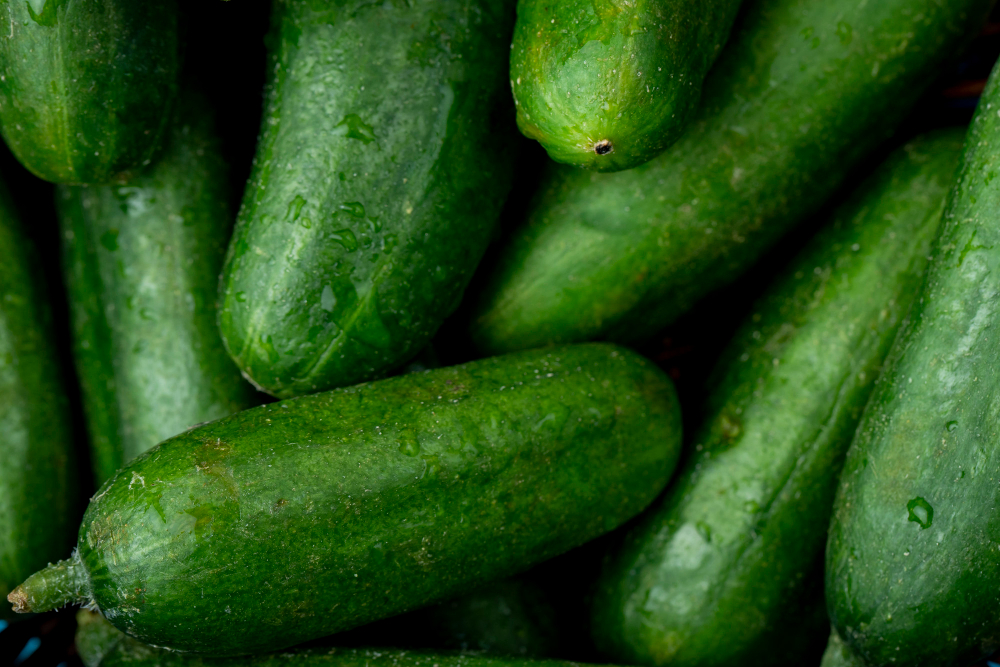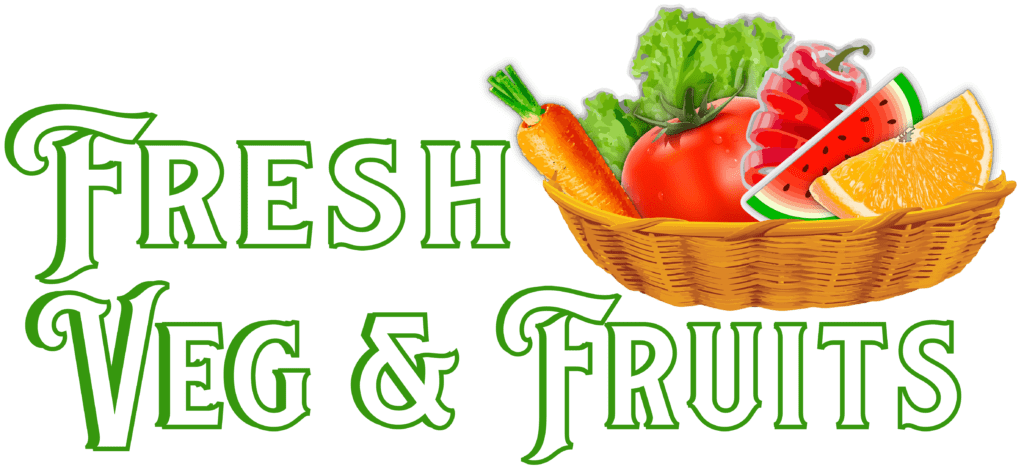All Vegetables
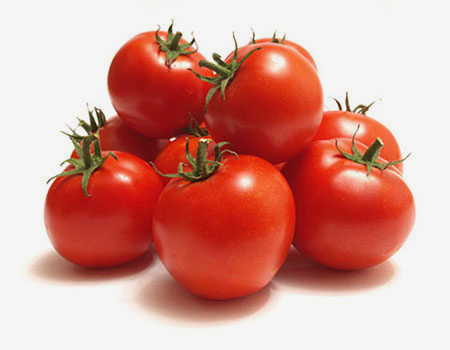
Tomato
Tomato, a pulpy nutritious fruit commonly eaten as a vegetable, is another wonderful gift of the Mayans to the world. A pulpy nutritious fruit commonly eaten as a vegetable, is another wonderful gift
Aubergines (Eggplant)
Eggplant, also known as aubergine, is a flowering plant from the nightshade family, originally native to China. Its cultivation began around 600 BC in the southern and eastern regions of Asia. There are approximately 770 varieties of eggplant found in tropical and subtropical areas worldwide. While primarily grown as a food source, eggplant is also cultivated as an ornamental plant.
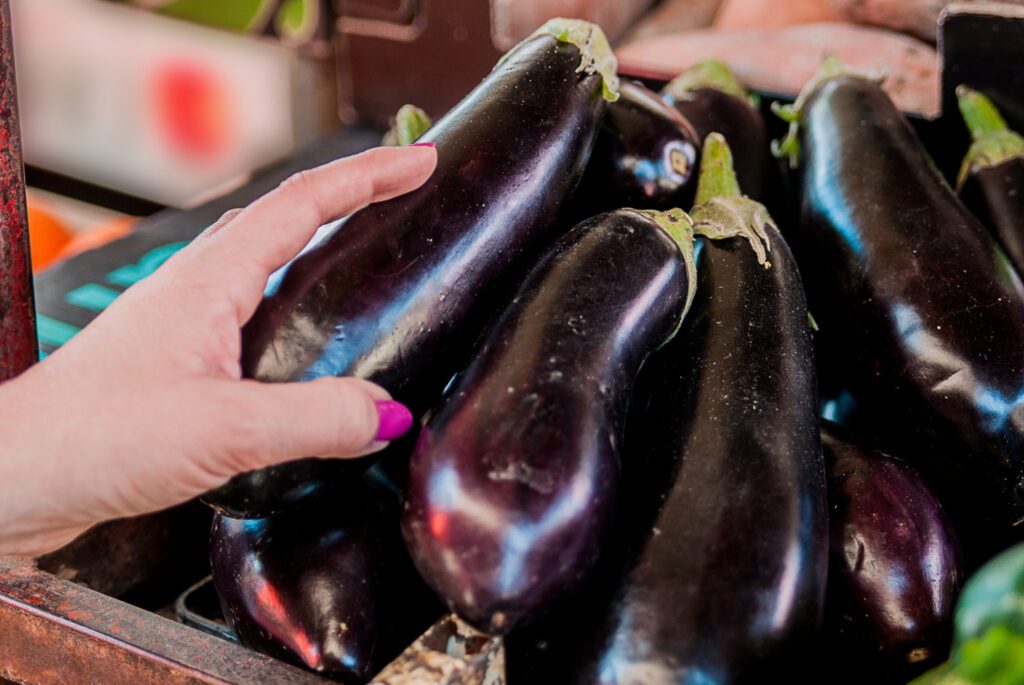
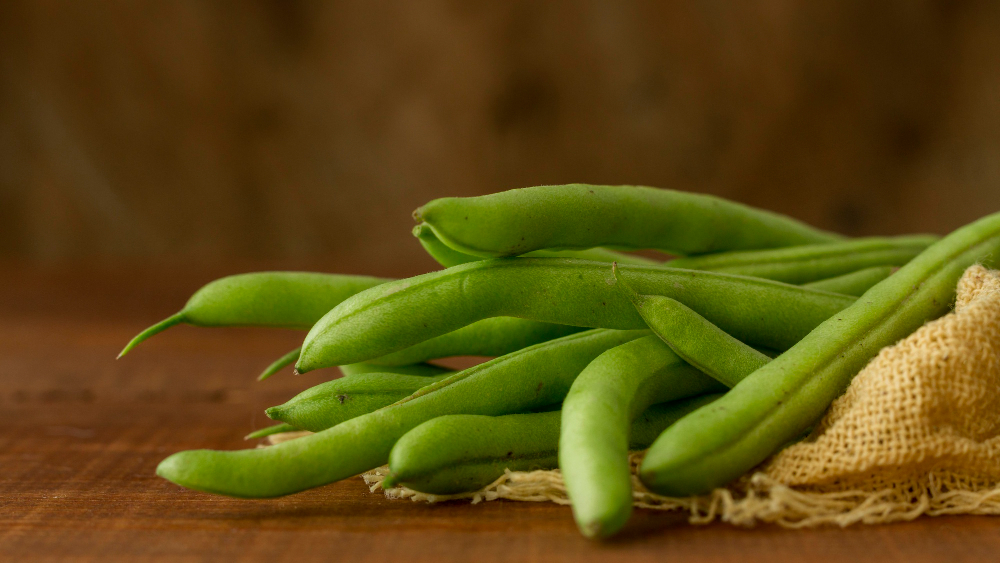
Beans
Due to their vibrant green color, we often overlook the fact that green beans are packed with significant amounts of colorful pigments, particularly carotenoids. However, recent studies have confirmed that green beans contain lutein, beta-carotene, violaxanthin, and neoxanthin. In fact, the levels of these carotenoids in green beans can be comparable to those found in other carotenoid-rich vegetables like carrots and tomatoes. The reason these carotenoids aren’t visible is the high concentration of chlorophyll in green beans, which gives them their rich green hue.
Broccoli
Broccoli is an excellent source of dietary fiber, pantothenic acid, vitamin B6, vitamin E, manganese, phosphorus, choline, vitamin B1, vitamin A (in the form of carotenoids), potassium, and copper. It also provides a good amount of vitamin B1, magnesium, omega-3 fatty acids, protein, zinc, calcium, iron, niacin, and selenium.
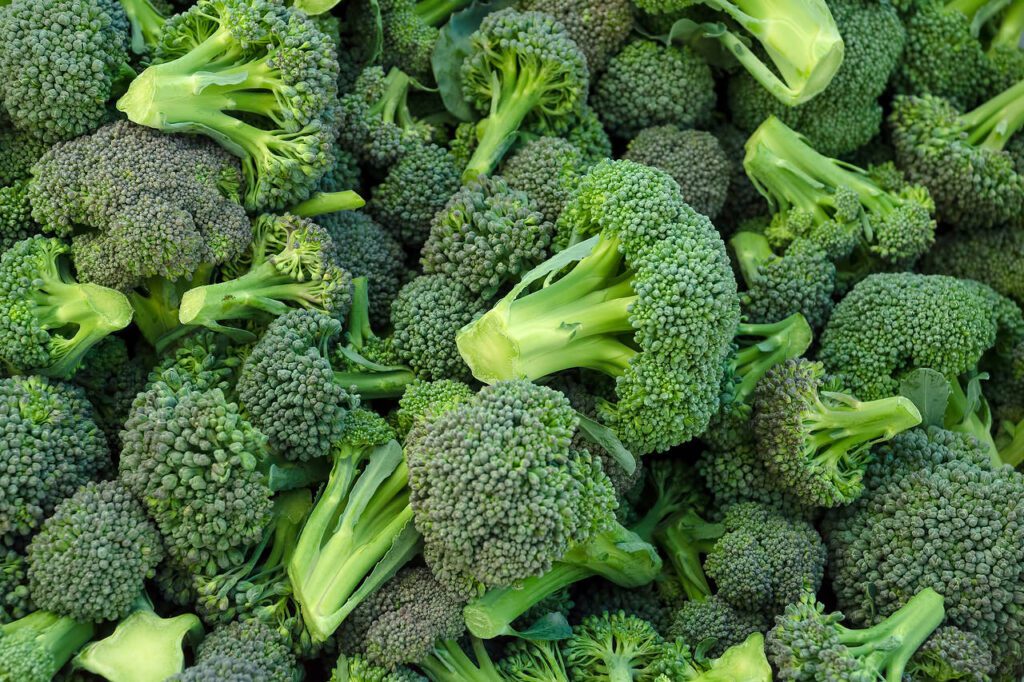
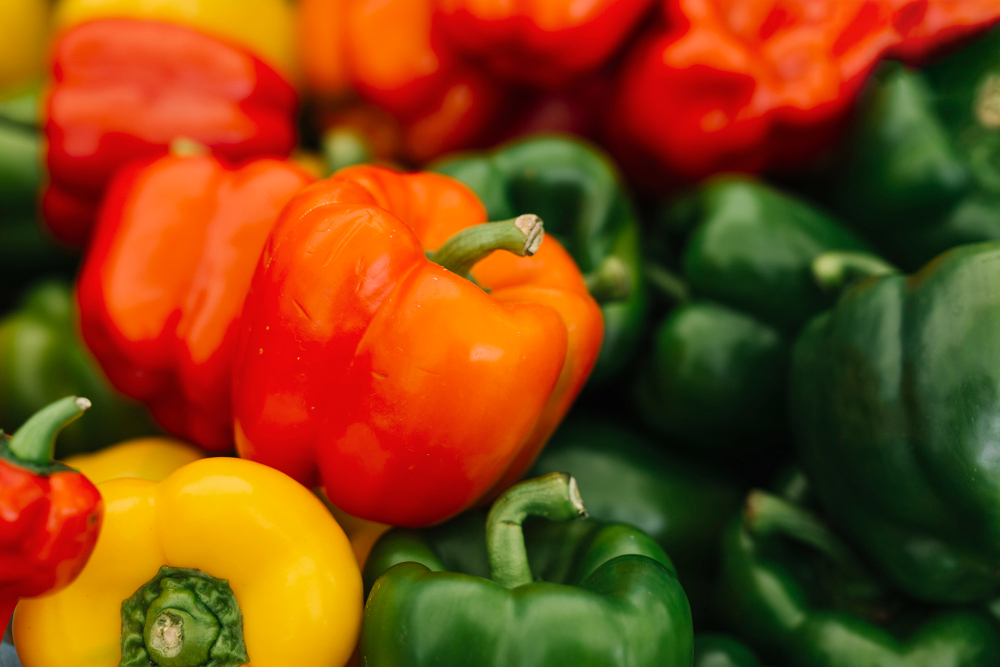
Peppers
Sweet bell peppers, with their tangy taste and crunchy texture, are like the Christmas ornaments of the vegetable world. Their beautifully shaped, glossy exterior comes in a stunning array of vivid colors, including green, red, yellow, orange, purple, brown, and even black. Despite their varied hues, all sweet bell peppers belong to the same plant, scientifically known as Capsicum annuum. These vibrant vegetables are members of the nightshade family, which also includes potatoes, tomatoes, and eggplants. Sweet peppers are characterized by their plump, bell-shaped appearance, featuring either three or four lobes.
Okra
Also known as lady’s finger and gumbo, okra is a nutritional powerhouse that has been valued throughout history for both its medicinal and culinary uses. This tropical, pod-producing vegetable dates back over 3,500 years and was once cherished by the Egyptians. Today, okra remains a popular ingredient in many dishes, including the famous gumbo. Okra is renowned for its high vitamin C, vitamin K, and folate content. Additionally, it contains a superior fiber that aids digestion, stabilizes blood sugar levels, and helps regulate the rate at which sugar is absorbed.
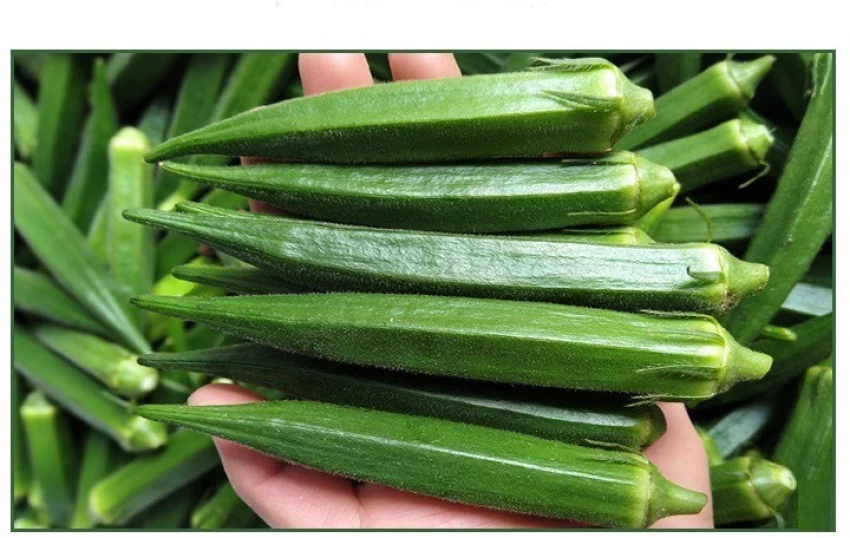
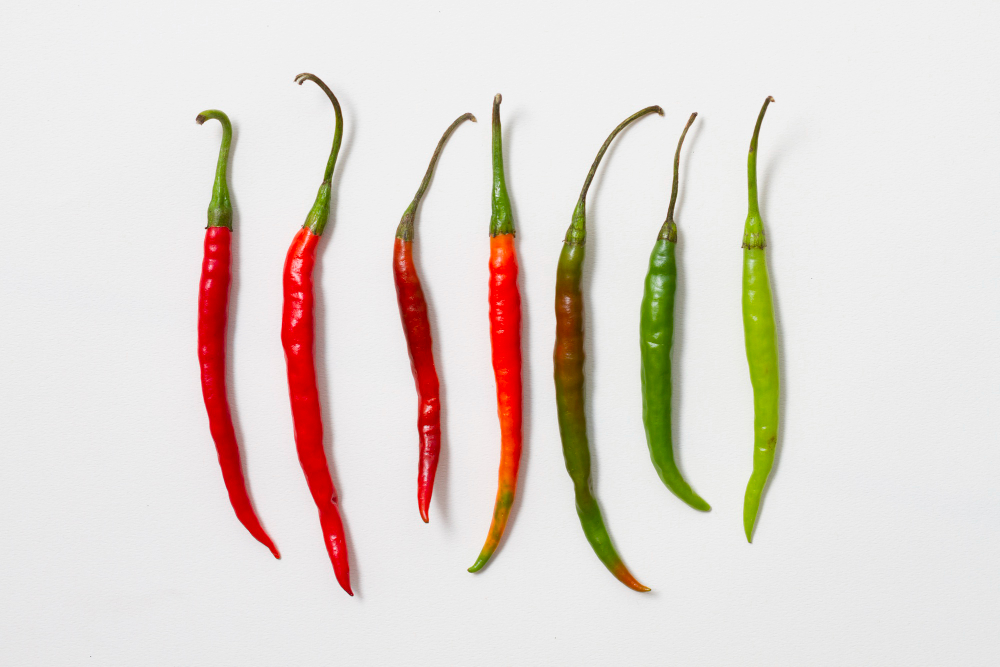
Chilly
Carrot
Carrots also have a naturally higher sugar content compared to most other vegetables, with the exception of beets. This natural sweetness makes them a delightful snack when eaten raw and adds a delicious flavor to a variety of cooked dishes.

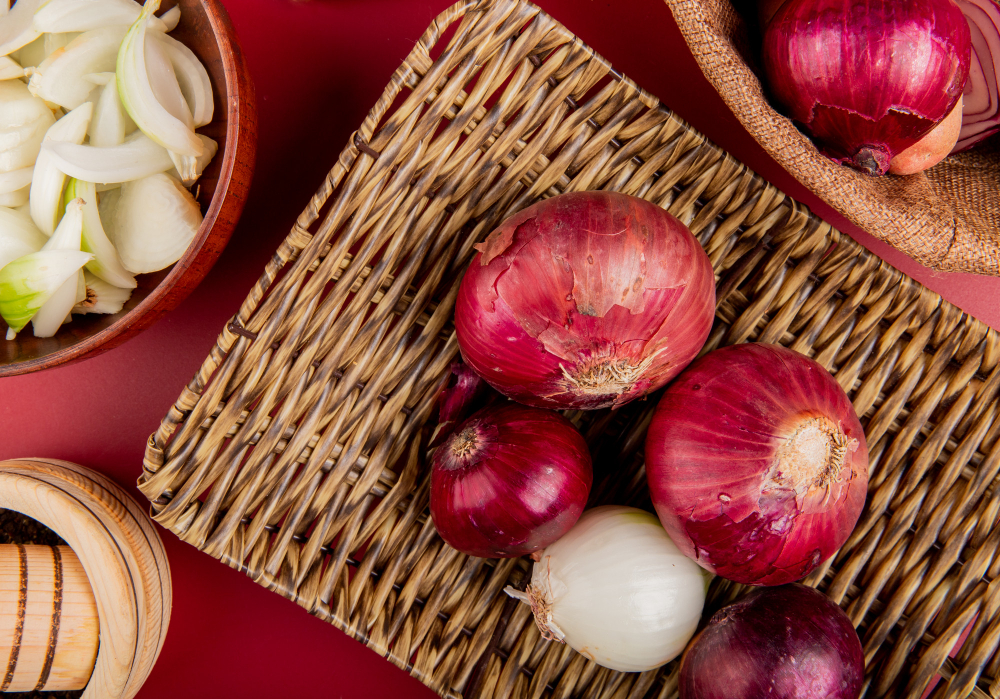
Onions
Historically, onions were used as a preventative measure during epidemics of cholera and the plague. Roman emperor Nero reportedly consumed onions as a remedy for colds, and their medicinal reputation has made onions a staple in many diets around the world.
Beyond their culinary appeal, onions are packed with natural sugars, and they provide essential vitamins such as A, B6, C, and E. They also contain important minerals including sodium, potassium, iron, and dietary fiber. Additionally, onions are a good source of folic acid.
Potato
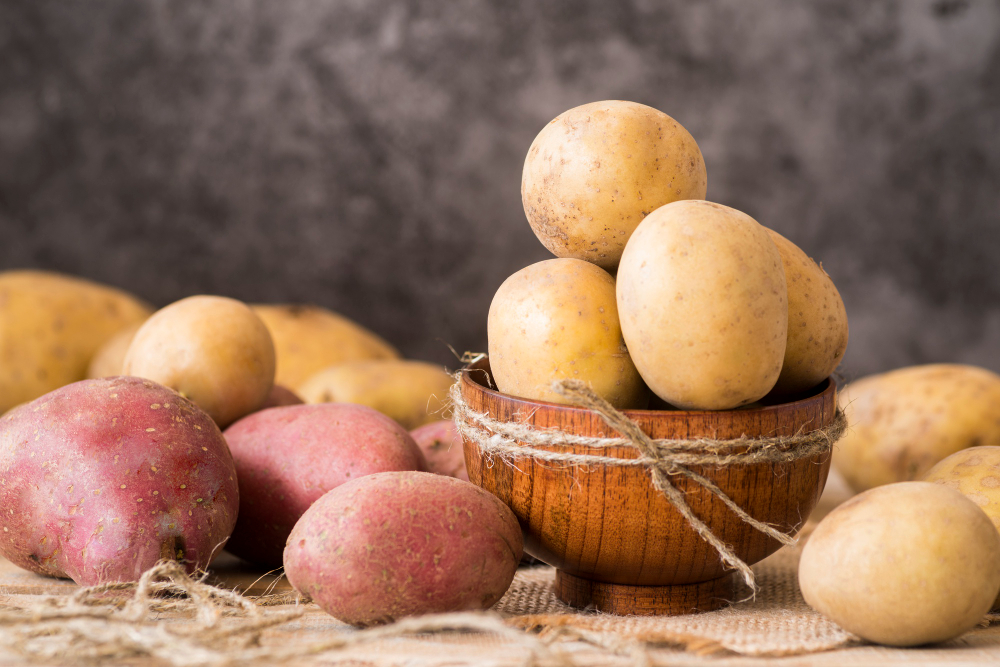
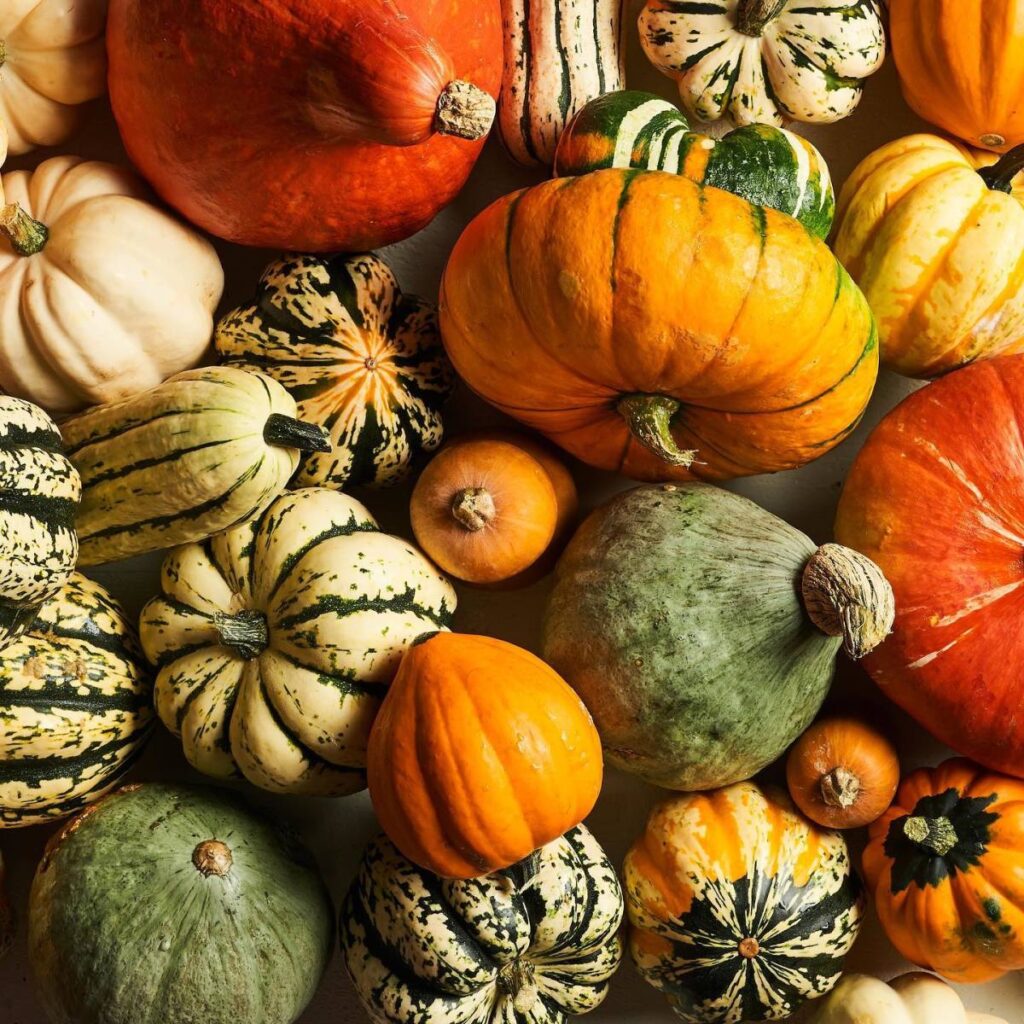
Pumpkin
A pumpkin is a type of squash, typically from Cucurbita pepo, known for its round shape, smooth, ribbed skin, and deep yellow to orange color. It has a thick shell that contains seeds and pulp. Large cultivars may come from Cucurbita maxima, and some winter squash from other species, like C. argyrosperma and C. moschata, are also called pumpkins. In New Zealand and Australia, “pumpkin” generally refers to what is known elsewhere as winter squash.
Cucumbers
Cucumbers, scientifically known as Cucumis sativus, are part of the same botanical family as melons (like watermelon and cantaloupe) and squashes (such as summer squash, winter squash, zucchini, and pumpkin). They are generally divided into two types for commercial production:
- Slicing cucumbers are grown for fresh consumption and are typically larger with thicker skins.
- Pickling cucumbers are smaller with thinner skins and are processed into pickles.
